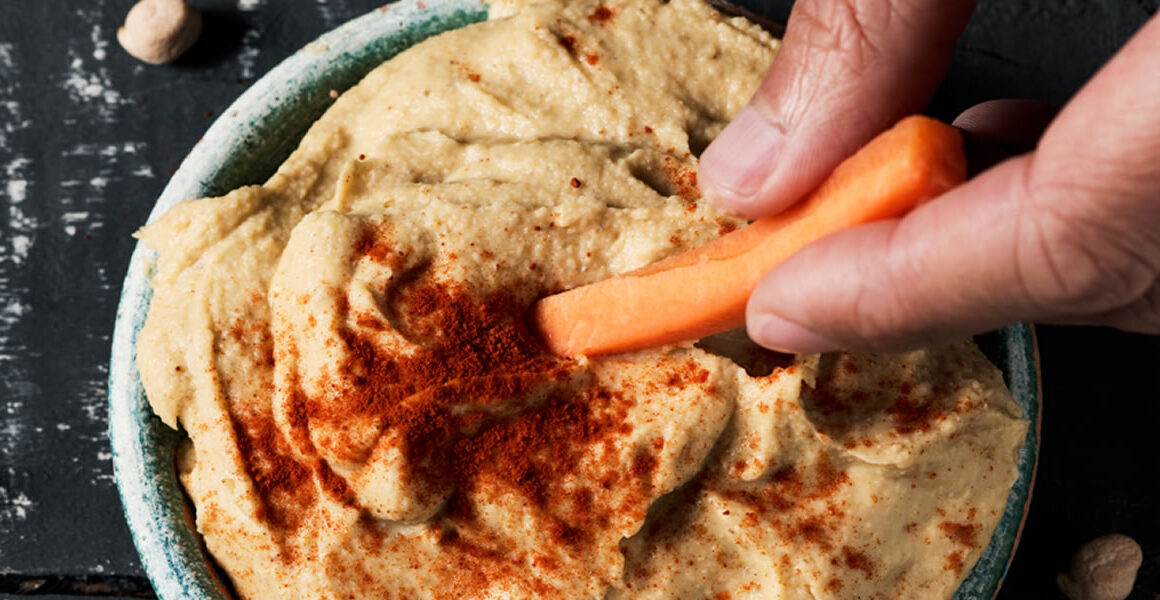Enjoying festive drinks the healthy way
Christmas and alcohol often go hand-in-hand, which can be difficult when you’re watching your weight.
When Christmas rolls around and you’re trying to lose weight, you’d be forgiven for keeping a close eye on your mince pie and pigs in blankets consumption, but don’t forget about the drinks.
Alcohol seems to be free flowing at Christmas, but it can really throw you off track as it’s easy to forget that alcohol is high in calories. But it is possible to have a merry Christmas that involves alcohol without piling on the pounds – here’s how.
- Stick to the NHS’s recommendation of 14 maximum units of alcohol a week and remember that 14 units is the max, not a target.
- Spread your drinking out over three or more days, and don’t binge drink.
- 14 units is roughly equivalent to 6 pints of average-strength (4%) beer.
- When drinking at home, make sure you measure out spirits, so you know how much you’re having. An eyeballed measure is always much, much more than you think it is. Especially when you’re a few drinks in.
- Try some lower-alcohol beers over regular strength ones. They’ll have less alcohol, but they tend to have fewer calories too.
- If you’re having a mixed drink, swap high calorie mixers for slimline alternatives. Have Diet Coke with your Jack Daniels instead of regular Coke and you’ll be saving potentially hundreds of calories.
- Stay hydrated by drinking enough water throughout the day, and don’t forget to continue this when you’re drinking. Alternate alcoholic drinks with water or a sugar-free soft drink to stay hydrated and cut down on calories from alcohol.
- If you’re a fan of cocktails, keep in mind that ones made with syrups, cream or milk will have more calories than juice-based ones.
- Savour your drink – sip it slowly to make it last and to make sure you’re really enjoying it.
- Remember that the calories in drinks soon add up. One pint may not seem like too many calories, but if you’re having several pints that’s hundreds of extra calories. Fine if you’re budgeting for it, but it can come as a shock if you’re not.
- What is it about a greasy kebab after you’ve been drinking that’s so appealing?! Bear in mind that the more you drink, the more you’re likely to pay a visit to your local kebab house. Kebabs can contain thousands of calories, so be wary.
Check out these drink examples:
- Gin and tonic: 120 kcals
- Gin and slimline tonic: 56 kcals
- Jack Daniels and Coke: 141 kcals
- Jack Daniels and Diet Coke: 78 kcals
- Heineken 5% (330ml): 138 kcals
- Heineken 0.0 (330ml): 69 kcals
You don’t have to go all out and drink loads at Christmas to make it a good one – just keep these tips in mind and you’ll still enjoy a great Christmas on your own terms.









